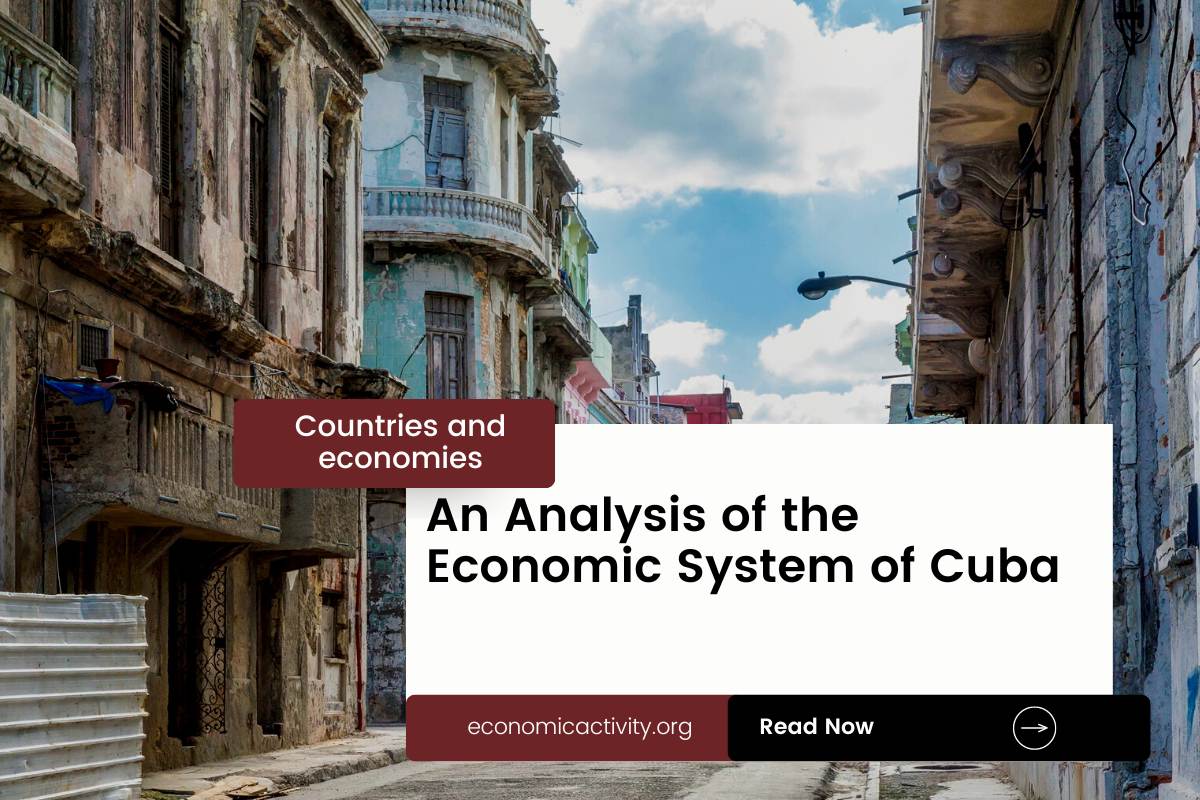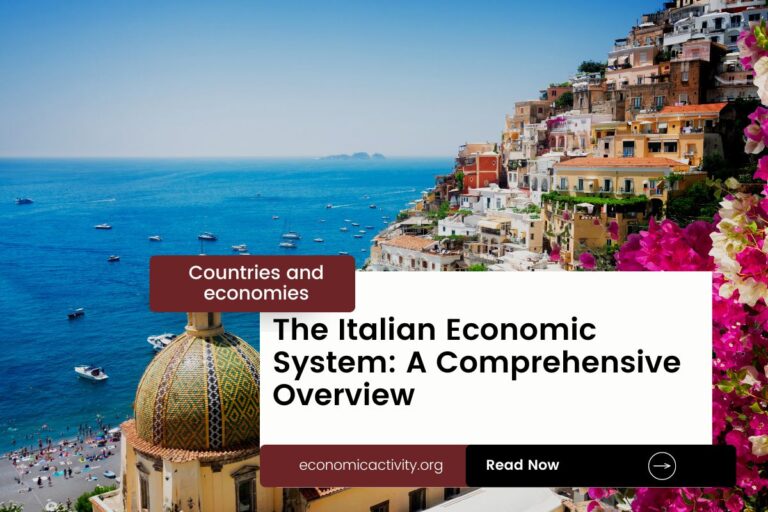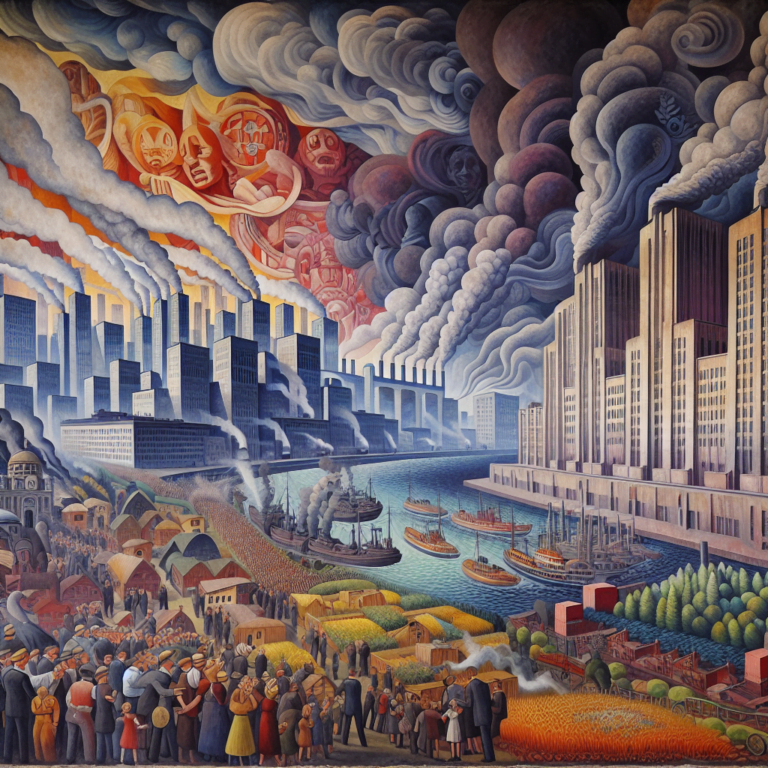What is the economic system of Cuba? The economy of Cuba is planned. The country’s economic system combines elements planned economy and some elements of a market economy.
In Cuba, the economy comprises businesses owned by the State. Where the government determines the production and distribution of specific goods and services. In Cuba, the State sets the prices
Socialism and communism are not economic systems, they are theories or social organizations. Economic systems are either: market economy, planned economy, or traditional economy.
What do the freedom indexes tell about the economic system of Cuba?
To determine if a country is mostly a market economy or a planned economy, it is useful to examine some economic indexes. For instance, according to the 2022 Index of Economic Freedom, which measures the ability of every human to control his own labor and property, Cuba is ranked 175th globally and 31st in the Americas indicating that the country has a repressed economy.
In a similar way, the 2022 Freedom House index evaluates the state of political rights and civil liberties globally. Generally, market economies tend to align more with democracy and freedom, while command economies tend to be characterized by greater state control and fewer democratic and civil liberty protections. Cuba gets a score of 12/100, which qualifies it as Not Free. Cuba is a country where the government controls what people do for political reasons, and people have limited freedom to choose (what, how much, and how to produce, whether to buy or not, selling price, etc.)
The Link Between Public Sector Employment and the Economic System of Cuba
An indicator of the extent to which the State is involved in the economy is the number of public sector employees. In Cuba, according to ILOSTAT, the number of public sector employees as a percentage of the total workforce is 77.0% (2010). In the country’s mixed economy, the number of public sector employees as a percentage of the total workforce varies based on the specific policies and practices adopted by the State. Some economic activities are left to the private sector while others are under government control. The bigger the public sector the closer is the economy to being a command economy.
The historical factors that have influenced the economic system of Cuba
The currently planned economic system of Cuba in the last century is the result of the country’s history of colonialism, revolution, and socialism. The Cuban Revolution of 1959 brought about a shift from a capitalist economy to a socialist one, with the government taking control of the means of production and distribution. This has resulted in a planned economy, with the government controlling virtually all sectors of the economy while only some private companies survive.




Leave a Reply